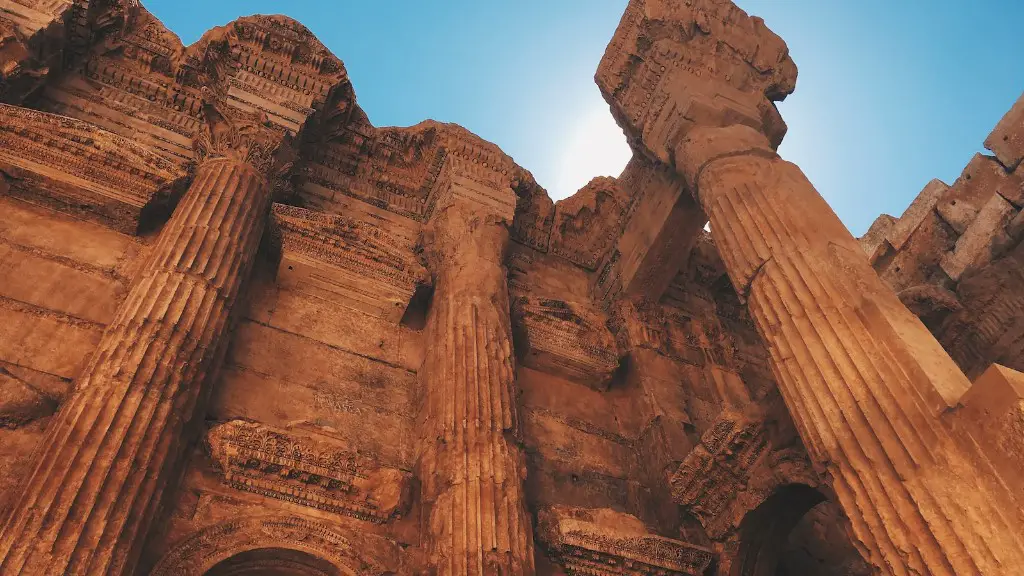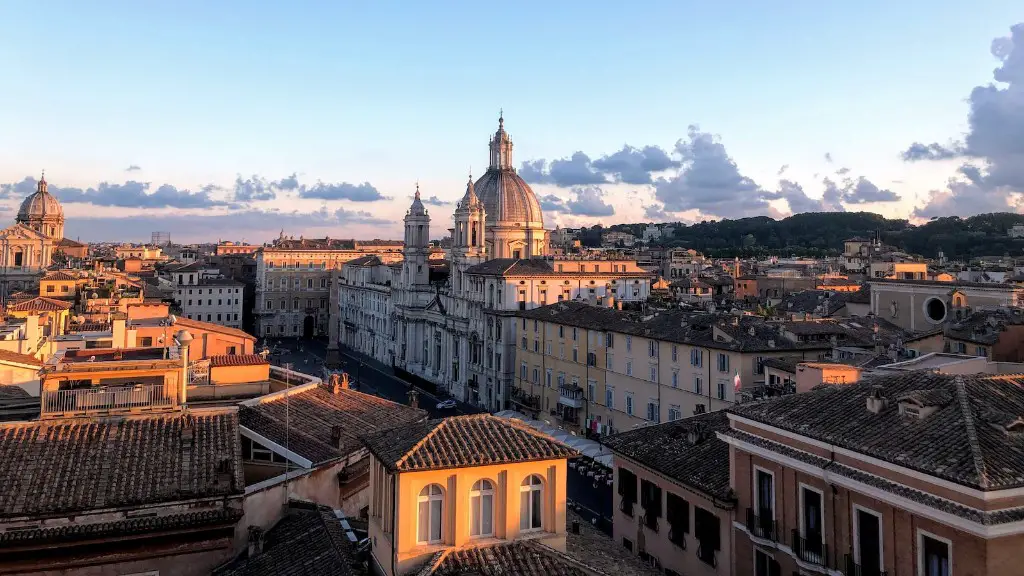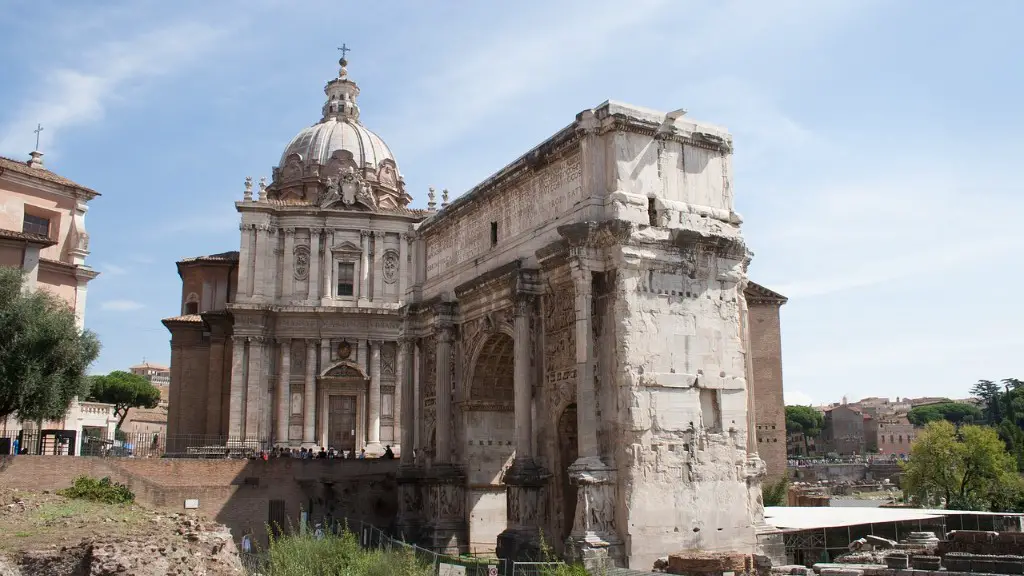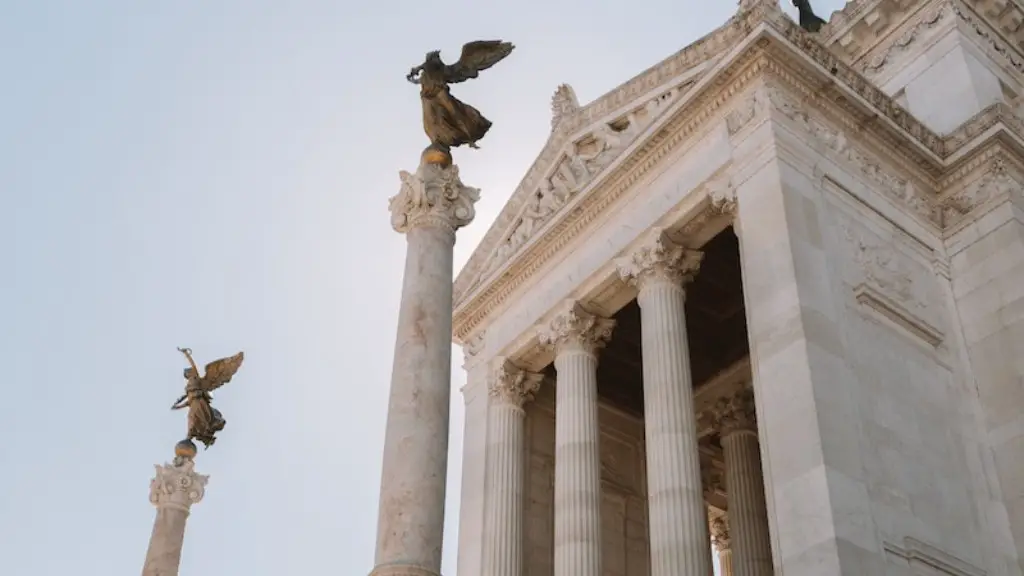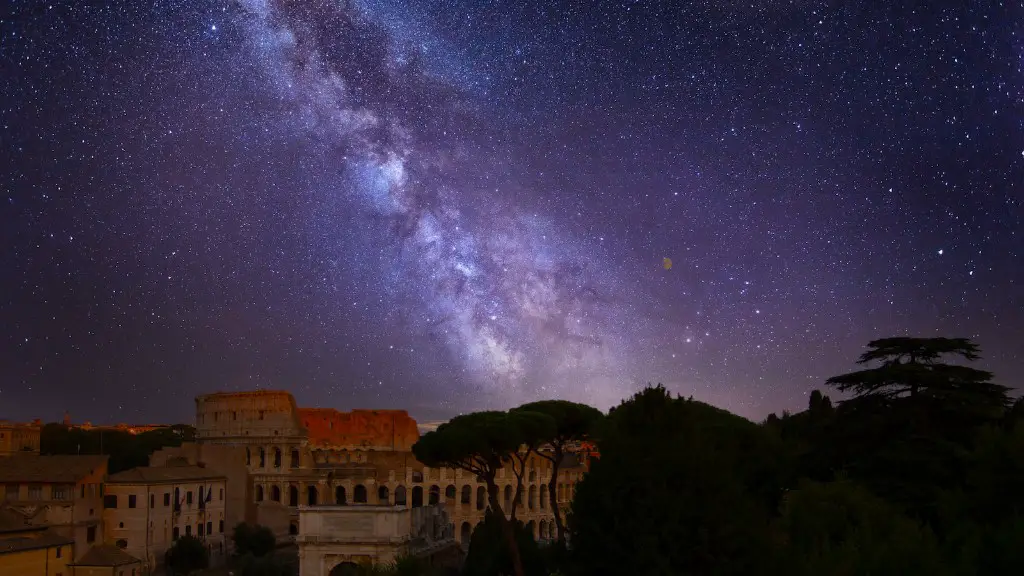There are many ways in which geography has affected the course of history. Rome is a city that was founded on the Tiber River in central Italy. The Tiber is a relatively short river, but it was an important transport route in antiquity. Rome is also situated on the Seven Hills, which offered protection from invaders. Ancient Rome was able to expand its territory due to its location. Rome had access to the Mediterranean Sea, which allowed for trade with other cultures. The Italian peninsula was also fertile, which allowed Rome to become a major agricultural producer.
The rise of Rome as a world power was due in large part to its fortunate geographical location. Rome is situated on the Tiber River in the center of the Italian peninsula. This location made it easy for Rome to expand its territory and become a major force in the region. Additionally, the Mediterranean Sea provided Rome with easy access to the rest of the world, which allowed for trade and the spread of Roman culture.
How did geography affect where Rome was located?
The rich volcanic soil in the Po and Tiber River valleys makes it ideally suited for agriculture. Volcanic ash made the soil near Rome some of the best in all of Europe, which attracted new settlers and caused the Roman population to grow quickly. The overproduction of grains, olives, and other cash crops led to the development of trade and commerce, which were essential to the Roman Empire.
Rome was founded in 753 BCE, and grew to become one of the largest and most influential cities in the world. It was originally built on the banks of the River Tiber, and was encircled by seven hills – Aventine, Palatine, Capitoline, Caelian, Esquiline, Quirinal and Viminal. The city was home to some of the most impressive architecture and art of the ancient world, and was the centre of politics and culture in the Western world.
Did geography help or hurt the Roman Empire
Rome’s success is often attributed to its military power or economic might, but the city’s geography also played a role in its ability to trade and expand militarily. Without a few key geographical features, Rome may have never risen to prominence.
Rome was founded on the Tiber River, which served as a major trade route between northern and southern Italy. This allowed Rome to become a major center of trade and commerce. Additionally, the location of Rome across steep hills made it easy to defend against enemy attacks.
How did Rome’s geography help protect it?
The Apennine Mountains are a mountain range that runs north to south along the Italian peninsula. The mountains made it difficult for people to cross from one side of the peninsula to the other. The two groups of mountains also helped to protect Rome from outside attacks. The seven hills protected Rome.
Rome was founded on the Palatine Hill, which is one of a group of seven hills that the ancient city grew around. The Palatine Hill is a defensible hill that dominates the last downstream, high-banked river crossing where traverse of the Tiber is facilitated by a midstream island.
What was Rome’s geography?
The capital city of the Roman Empire was Rome. However, the empire’s geography stretched all the way from England to Egypt, and in between: the Mediterranean basin. Different areas of the Roman Empire, such as Europe, Northern Africa, and Western Asia, were ruled by different emperors.
Rome had several geographic advantages that helped it grow and ultimately dominate the known world. The city was protected from invasion by two mountain ranges, the Alps and the Apennines. The central location of Rome made it a hub for trade, and the diverse population contributed to the city’s growth.
What were the advantages of Rome geography
Rome was founded in 753BC by its first king, Romulus. It grew into a rich and powerful city during the next few hundred years. But it really became an empire under the rule of Augustus Caesar, the first emperor. Augustus made Rome the capital of his empire, which included all the lands around the Mediterranean.
Several geographic advantages helped Rome to grow and ultimately dominate the known world. Protection from invasion was one factor, as the mountain ranges of the Alps and the Apennines made it difficult for enemies to attack. Rome was also located in a fertile land that was well-suited for agriculture, and it became a center of trade due to its convenient location. Finally, the diversity of the population contributed to Rome’s strength, as people from all over the world were drawn to the city.
Which geographic features were most important to Rome?
The rich soil of the Po and Tiber River Valleys was key to the success of the Roman Empire. The fertile land allowed Romans to grow a diverse selection of crops, including olives and grains. This abundance of food allowed the empire to feed its population and trade with other societies. The empire also used the resulting wealth to expand its military strength.
The main features of Roman civilization are the following:
-Social life: The society of Rome was divided into two classes (a) Patrician and (b) Plebian.
-Code of laws: The code of laws was prepared and these laws were written on wooden planks.
-Economic life: People of Roman civilization engaged in agriculture.
What are 3 things that the Romans are known for
The ancient Romans were a people known for their military, political, and social institutions. They conquered vast amounts of land in Europe and northern Africa, built roads and aqueducts, and spread Latin, their language, far and wide.
Rome is a city that is surrounded by mountains. The Alps protect the city from the cold weather in the winter, while the Apennines protect Rome from invaders. This combination of protection is why Rome was able to grow and develop an army in its early days.
What was the geography and climate of Rome?
Ancient Rome was located on the Mediterranean Sea and had warm summers and mild winters. This type of climate is referred to as a Mediterranean climate. At first, the Roman kingdom was just located near where the modern city of Rome is. As the kingdom expanded, it acquired more and more land.
The Roman civilization was one of the most influential in human history. Here are ten facts about the Romney people that helped shaped the world we live in today!
1. The Romans were known for their public baths, which were used for both hygiene and socializing.
2. The Romans were responsible for inventing many things that are still in use today, including concrete, plumbing, and paved roads.
3. The Roman empire was largely sustained by slave labor, with conquered peoples often forced into servitude.
4. The most popular form of entertainment in Rome was watching gladiator fights to the death.
5. The wealthy upper class of Rome often had hundreds of servants to take care of their every need.
6. Many of the roads used in Rome are still in use today.
7. The Roman religion was polytheistic, worshipping a large pantheon of gods and goddesses.
8. The city of Rome was founded by a man named Romulus, who is said to have killed his twin brother Remus during a fight over who would rule the city.
9. The Roman empire reached its peak in the 2nd century AD but then went into decline, culminating in its
What was the climate like in ancient Rome
Rome’s climate is characterised by hot, dry summers and cold, humid winters. In the summer months of July and August, average temperatures in Rome reach 30˚C during the day and 18˚C at night.
There are many reasons why Rome fell, but some of the most commonly cited ones are invasions by barbarian tribes, economic troubles and overreliance on slave labor, and the rise of the Eastern Empire. Additionally, some historians believe that overexpansion and military overspending may have contributed to Rome’s decline.
Conclusion
The first Roman settlers were shepherd-farmers who pasture their livestock on the rocky, dry hillsides of central Italy. Because these early Rome lacked good harbors and were too far inland to engage in trade, they were largely cut off from the outside world. This changed when the Romans began to expand their territory and form alliances with other city-states. The Roman Republic became a powerful maritime nation, with a strong economy and a strong military. The Roman Empire continued to grow, driven in part by its geographical expansion. Over time, the Romans come to control all of the Mediterranean basin, including North Africa and parts of Europe. The Roman Empire was the largest empires in world history.
Geography played a significant role in the rise and fall of ancient Rome. The city of Rome was strategically located in the center of the Italian peninsula, making it easy to defend and hard to attack. Additionally, Rome had access to the Mediterranean Sea, which allowed them to trade with other cultures and expand their empire. However, the same geographical features that made Rome so powerful also made it vulnerable to invasions. In 410 AD, the city was sacked by the Visigoths, and in 455 AD it was sacked again by the Vandals. The fall of Rome was also hastened by its own internal strife, as well as barbarian invasions from the north.

